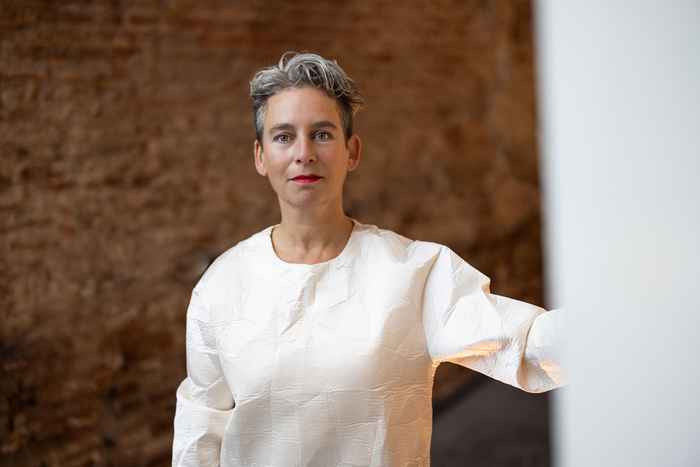Hanneke Grootenboer appointed professor of Early Modern Art and Visual Culture
7 February 2024
In her scholarship, Grootenboer looks at historical objects through the lens of contemporary art and theory. ‘It is fascinating to see how contemporary ideas shape our view of historical material,’ says Grootenboer. ‘It is the same the other way round. For example, in the 18th century, it was all the rage to commission a portrait miniature of a single eye that, mounted in a locket, was worn on the body. Interestingly, it was not a lover's face but their gaze that was portrayed. Such eye portraits shed new light on contemporary theory on looking and being looked, and on notions of surveillance and control.’
Art works shape thought
Art is an invitation to think for historical as well as contemporary viewers, Grootenboer asserts. ‘My research starts from the premise that art is a form of thinking and that artworks assist in articulating thought and sharpening ideas.’ Her most recent book, The Pensive Image, delves deeper into the notion as to how art shapes thought and generates a space for reflection.
Art works are not just there to be subjected to our mode of looking - rather, they are capable of grasping us
‘Art works are not just there to be subjected to our mode of looking, as often occurs in art historical interpretation, rather, they are capable of grasping us.’ says Grootenboer. ‘My research has shown that in the 17th century art works were often used as “thought-things.” Some book rooms included small paintings displaying a figure absorbed in thought. People would look at these images while pondering. Therefore, a reflective and contemplative relationship with art already existed in the early modern period.’
Belief in makeability
As Professor of Early Modern Art and Visual Culture, Grootenboer intends to build on her research on art and thought in seventeenth-century Dutch visual culture. She is eager to collaborate with colleagues from different fields of study. ‘I look forward to further exploring the impact of early modern art in our present-day society, for instance by building bridges between various research institutes and by joining different perspectives.’
Genres like landscape and still life still exist today, but were radically new in the 17th century.
Grootenboer is currently working on a large interdisciplinary research project on the belief in ‘makeability’ in the Dutch Republic. ‘We look at how seventeenth-century citizens understood the novel remodeling of religion, governance, and of the landscape as such through land reclamation. The nature of the visual arts changed along with these innovations. Genres like landscape and still life still exist today, but were radically new at that time.’
